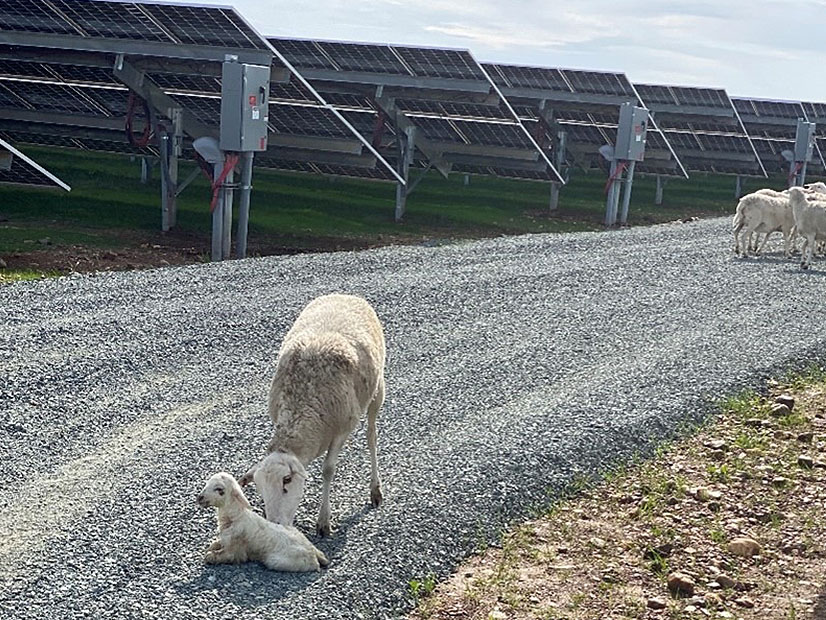SEPA released its latest assessment gauging utilities’ progress and identifying actions to accelerate the industry’s transition to a carbon-free energy system.
The Smart Electric Power Alliance (SEPA) last week released its latest assessment gauging utilities’ progress and identifying actions to accelerate the industry’s transition to a carbon-free energy system.
SEPA recognized a dozen utilities in its 2023 Utility Transformation Challenge as being ahead of the curve in the clean energy transformation. Most of those are in California, with glowing reviews to Palo Alto Utilities, Pacific Gas and Electric, Sacramento Municipal Utility District and Southern California Edison.
The organization said Snohomish County Public Utility District in Washington and Portland General Electric in Oregon also made good progress.
On the East Coast, SEPA praised Vermont’s Green Mountain Power, New Jersey’s Public Service Enterprise Group and National Grid, which supplies New York and Massachusetts. Austin Energy, the Texas city’s municipal provider, and Minnesota-based Xcel Energy were the only commended utilities between the two coasts.
Those recognized had to complete SEPA’s Utility Transformation Challenge survey to be considered. The organization said it collected data from 118 utilities in 41 states, representing more than half of U.S. customer accounts.
SEPA said the utilities that made its final cut supply “a substantial percentage” of their retail energy with clean resources, including energy efficiency and demand response; have strong commitments to carbon reduction; feature publicly available climate-adaptation strategies; and have plans for an equitable energy transition.
It said it’s also noticing an asymmetrical transition to clean energy, though utilities have rolled out more aggressive decarbonization targets, better climate action plans, improved visibility into their distribution systems, and have made strides to a more equitable power system.
The group said 66% of utilities responding to its survey have expanded their clean energy sources and 80% have a carbon-reduction goal in place. SEPA said it expects those goals will take decades to achieve and recommended utilities establish interim reductions goals.
“Utilities will need to navigate supply chain disruptions, transmission and interconnection bottlenecks, the effects of natural disasters on resource acquisition and costs,” SEPA said, adding that utilities cited labor shortages and supply chain hitches for delaying new renewable energy. Those scuttled plans have led to 40 coal plants keeping 17 GW of capacity online past their planned retirement dates, SEPA said.
It said 69% of respondents are piloting or investing in early stage, carbon-free technology, including hydrogen, long-duration energy storage, floating offshore wind, tall wind turbines, small modular nuclear reactors, and carbon capture and storage.
SEPA said gridlocked interconnection queues have also hampered utilities trying to bring renewable generation online. It said PJM’s current backlog is preventing it from reviewing new interconnection requests until early 2026.
The organization also said droughts in the West contributed to a 14% reduction in hydroelectric generation from 2020 to 2021 and continue to threaten the carbon-free resource. SEPA warned that some utilities may be forced to purchase fossil-fired energy to replace the output.
To avoid that, SEPA recommended utilities use more demand-side management programs and pull together climate investment plans that consider the impact of climate change on operations.



